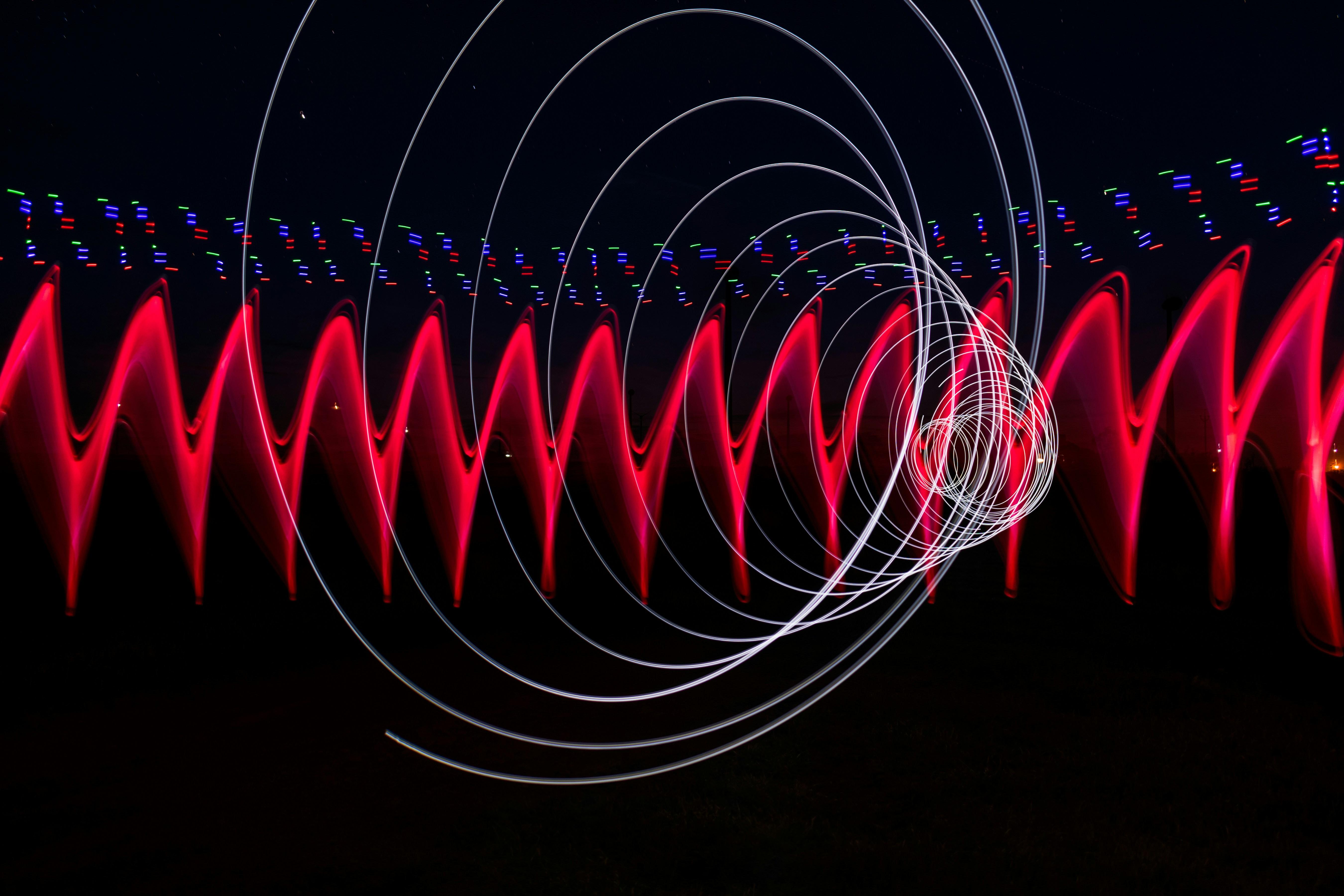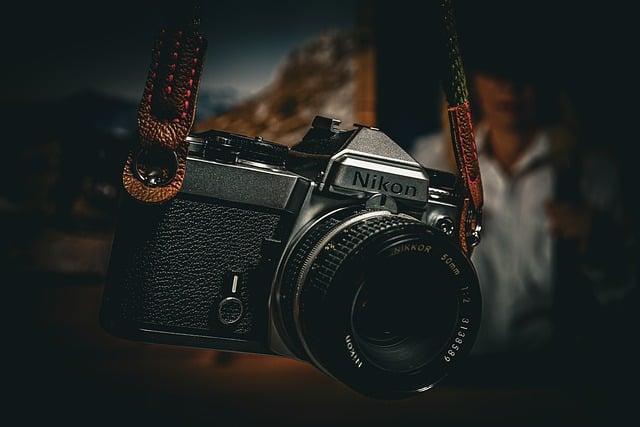In the realm of cinema, storytelling transcends mere dialogue and narrative structure, delving into the nuanced domain of visual artistry. Filmmakers, like masterful painters, utilize an array of visual techniques to imbue their works with profound meanings that resonate beyond the surface plot. These techniques—ranging from the meticulous composition of frames to the deliberate use of color palettes and lighting—serve as vital instruments in shaping audience perception and eliciting emotional responses. This article embarks on an analytical exploration of how visual methods are harnessed to convey deeper thematic elements and psychological undercurrents in film, ultimately enriching the viewer’s experience and understanding. By dissecting key examples from acclaimed films, we aim to unravel the intricate layers of visual storytelling that contribute to the medium’s compelling power.
Cinematic Composition: Crafting Symbolism Through Visual Elements
In the realm of cinema, visual techniques serve as a profound language that transcends dialogue, allowing filmmakers to embed symbolism within the frame. These elements often communicate complex themes and emotions, enriching the narrative through subtle cues. Directors employ a variety of methods to achieve this:
- Color Palettes: The deliberate use of colors can evoke specific emotions or symbolize broader themes. For instance, a monochromatic scheme might reflect a character’s isolation, while vibrant hues could signify hope or chaos.
- Lighting: The interplay of light and shadow can dramatically alter the mood of a scene. High contrast lighting might be used to highlight moral ambiguity, whereas soft, diffused light could suggest innocence or nostalgia.
- Framing and Composition: The way characters and objects are positioned within the frame can convey relationships, power dynamics, or internal states. A character framed in a tight close-up might indicate vulnerability, while a wide shot could imply freedom or loneliness.
By meticulously crafting these visual elements, filmmakers are able to infuse their work with layers of meaning, inviting viewers to engage with the story on a deeper level.

Color Theory: Enhancing Emotional Depth and Narrative Nuance
In the realm of cinema, color theory is an indispensable tool for directors and cinematographers aiming to infuse their work with emotional depth and narrative nuance. Colors can evoke specific emotions, symbolize thematic elements, and enhance the storytelling experience. For instance, the use of warm colors like reds and oranges often conveys passion, danger, or warmth, while cool colors such as blues and greens can suggest calmness, melancholy, or isolation. This strategic use of color helps in subtly guiding the audience’s emotional responses and understanding of the narrative.
- Red: Often associated with love, anger, and intensity.
- Blue: Evokes feelings of tranquility, sadness, or detachment.
- Green: Represents nature, envy, or renewal.
- Yellow: Conveys happiness, caution, or decay.
By deliberately choosing specific color palettes, filmmakers can create a visual language that complements the film’s dialogue and plot, enriching the viewer’s experience without the need for explicit exposition. This subtlety allows for a more immersive and emotionally resonant narrative, demonstrating the profound impact that visual techniques can have on storytelling.

Lighting Techniques: Shaping Atmosphere and Character Perception
Lighting is more than just a tool for visibility; it is a powerful narrative device that can shape the atmosphere and influence character perception. By manipulating light and shadow, filmmakers can evoke specific emotions, highlight critical plot points, and even convey underlying themes. The interplay between light and dark often serves as a metaphor for the internal struggles of characters, enhancing the depth and complexity of the story.
Consider the following techniques:
- High-Key Lighting: Creates a bright, even illumination that minimizes shadows, often used in comedies and musicals to evoke a cheerful, optimistic atmosphere.
- Low-Key Lighting: Utilizes strong contrasts and shadows, frequently employed in film noir and horror genres to build tension and convey a sense of mystery or danger.
- Chiaroscuro: A dramatic interplay of light and shadow, used to emphasize the moral ambiguity or psychological conflict of characters.
- Color Temperature: Warm hues can suggest intimacy and comfort, while cooler tones may indicate isolation or detachment.
Each of these techniques not only enhances the visual aesthetic but also subtly guides the audience’s emotional response, making lighting an indispensable element in the art of storytelling.

Camera Angles and Movements: Directing Audience Focus and Interpretation
In the realm of visual storytelling, the strategic use of camera angles and movements serves as a powerful tool for directors to guide audience perception and emotional response. By manipulating the viewer’s line of sight and the dynamic flow of scenes, filmmakers can subtly influence how characters and events are interpreted. For instance, a low-angle shot can imbue a character with a sense of dominance or menace, while a high-angle shot might render them vulnerable or insignificant. The choice of angle is not merely a technical decision but a deliberate narrative device.
Similarly, the motion of the camera can profoundly affect the audience’s engagement and understanding of the story. Consider the following techniques:
- Tracking Shots: These create a sense of continuity and fluidity, often immersing the audience in the action.
- Zooms: These can draw attention to specific details or characters, highlighting their importance or eliciting a closer emotional connection.
- Handheld Shots: These convey realism and immediacy, often used to heighten tension or bring a documentary-like authenticity to the scene.
- Crane Shots: These offer expansive views, providing context or transitioning between different narrative elements smoothly.
Each movement and angle choice is meticulously crafted to direct the viewer’s focus, thereby shaping their interpretation of the unfolding narrative.































